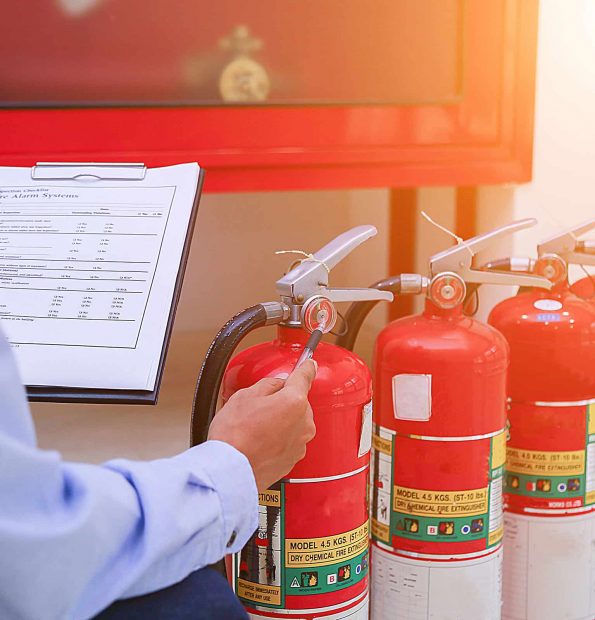Sydney’s fire safety guidelines include more than a simple checklist. The Annual Fire Safety Statement, or AFSS is the foundation of this program. This document not only satisfies all legal requirements but additionally demonstrates the property owner’s commitment to safety and responsibility. When it is paired with the Fire Safety Certificate, it is the base of a structured framework that keeps the occupants safe, insurance companies reassured and council members confident about their confidence in the quality of city’s buildings.
Why there is an Annual Fire Safety Statement
The annual fire safety statement Sydney is not intended to be paperwork for the sake of completing paperwork. The requirement was formulated because no matter how great the fire protection system constructed, it can only function if it’s regularly checked, maintained, and certified. Sprinklers installed ten or more years ago may appear nice however they won’t be effective in a crisis in the event that they’re not checked.

The AFSS demands that owners prove at least once every 12 months, that all fire safety precautions in their building–from alarms and hydrants to lighting at the exits — still meet the standards initially set in the Building Code of Australia (BCA). This is much more than a simple inspection. It’s an announcement to the world that lives will be secured and that the building is capable of surviving an emergency.
What is the difference between AFSS and Fire Safety Certificates?
Owners often confuse owners often confuse the Fire Safety Certificate with the annual statement, but these two certificates serve distinct purpose. The certificate is provided when the installation of a new system takes place or when major upgrades are completed. It’s a proof that the new measures have been approved before the building can be utilized or rental. The AFSS follows later. It’s a regular obligation that makes sure the systems comply with specifications each year.
Together, they create a cycle of protection: certificates verify that the security systems have been installed correctly, while annual statements verify that these systems will be maintained throughout the life of the structure. Failure to complete either of these steps weakens the entire protection chain.
The Responsibility Placed on Building Owners
One of the unique features of the AFSS procedure in New South Wales is that it places ultimate responsibility on the property owner. The AFSS does not have an order of deficiency unlike other forms in which they can be classified as minor or serious. Even if one of the measures is unsuccessful, the whole statement will be invalid.
The owners have to take the initiative. They have to plan inspections, work with accredited practitioners, arrange repairs, and submit documents with the council, all while meeting strict deadlines. For commercial landlords and strata committees, this involves coordination with tenants contractors, insurers, and tenants. Even though it is a challenge, the structure was designed to ensure safety would never be compromised.
The Effects of AFSS Beyond Sydney
The AFSS goes beyond legal compliance. If you are considering renting a space, tenants usually inquire whether the current safety declaration of the building. Insurers also frequently request an affidavit prior to deciding on their insurance coverage. A fire safety declaration which is current can impact the worth of a building renter’s confidence in the building, as well as the cost of insurance.
The system provides councils with assurance of the ongoing inspection of buildings that cover thousands in Sydney. Fire authorities will be able to minimize risks by ensuring that systems work in real emergencies. The AFSS isn’t just about safeguarding buildings. It’s also about making the city safer as a whole.
Conclusion: AFSS is a Standard of Trust
The annual fire safety statement Sydney is a requirement that may appear to be a bureaucratic hurdle However, in reality it’s a sign of trust. It demonstrates that fire safety isn’t put at risk, that the equipment is safe and that the owner accepts the responsibility of safeguarding those who reside in their buildings. It’s a component of a system that tests the structure and the implementation of vital security measures.
For property owners, the lesson is clear: the AFSS is more than an annual deadline. It’s a commitment to security, accountability, and community confidence. This commitment makes the AFSS the most valuable asset in Sydney’s fast-growing urban landscape, where thousands rely upon safe and well-constructed buildings.
